What Is Lime (Hydraulic)?
Important Point
It is an important binding material used in building construction. Lime has been used as the material of construction from ancient times.
When it is mixed with sand it provides lime mortar and when mixed with sand and coarse aggregate, it forms lime concrete.
Lime is a good building material for construction its use in the construction of foundations, walls, plastering, white washing is known to you.
Structures like forts monuments, please, bridges constructed years back stands today in good condition of time.
The use of lime has been reduced with the introduction of cement. This is because of cement.
- Takes less timer fro setting
- Has More Strength
- Having desired Properties
- Stored for longer periods etc.
Types of Limes
- Fat lime:
- Hydraulic lime:
- Poor lime:
Also, read: Difference Between Fat Lime and Hydraulic Lime | What Is Fat Lime | What Is Hydraulic Lime
What Is Cement?
Cement is a commonly used binding material in the construction. The cement is obtained by burning a mixture of calcarious (calcium) and argillaceous (clay) material at a very high temperature and then grinding the clinker so produced to a fine powder.
It was first produced by a mason Joseph Aspdin in England in 1924. He patented it as portland cement.
Different Types of Cement
Also, read: 10 Best Cement Companies In India
Difference Between Lime and Cement
| Sr.No. | Detail | Lime (Hydraulic) | Cement |
| 1 | Slaking |
|
|
| 2 | Setting |
|
|
| 3 | Binding |
|
|
Lime vs Cement
Lime hardens much more slowly than cement-containing mortars, making it much more workable. Lime is also less brittle and less prone to cracking, and any cracked areas can absorb carbon dioxide and mend over time. The cement hardens very quickly, but may be too strong for some applications, e.g., working with old bricks.
Lime Concrete in Foundation
Lime concrete is very widely used for foundation bases of load bearing walls, columns, and under layers of floors. Due to its flexibility it adjusts very well with the underneath base ground and upper construction of cement base. For better quality of lime concrete it is important to compact & cure concrete properly.
Difference Between Lime and Cement
Portland cement is about 30% clay-based, while lime is usually about 5% clay. However, there are three basic strengths of lime mortar, depending on the amount of clay present. The closer the clay percentage gets to 30%, the closer it is to a Portland cement, since the strength will be the same.
What Is Lime Used For?
Lime is the cheapest, most widely used alkali in the world. Lime products provide a key ingredient for many essential processes, such as purifying drinking water, making sugar, cleaning gases from powers stations, constructing buildings, producing iron and steel and treating contaminated land.
What Is Hydrated Lime Used For?
Hydrated lime is also used to produce other metals. In construction, the dominant use of hydrated lime is in soil stabilization for roads, earthen dams, airfields, and building foundations. Hydrated lime can be used to raise the pH of acidic soils. This is also referred to as soil “sweetening.”
Cement Vs Concrete
Although the terms cement and concrete often are used interchangeably, cement is actually an ingredient of concrete. Concrete is a mixture of aggregates and paste. The aggregates are sand and gravel or crushed stone; the paste is water and portland cement.
Lime in Construction
In construction, the dominant use of lime is in soil stabilization for roads, earthen dams, airfields, and building foundations. Lime can be combined with certain additives to produce other metals and is also a key ingredient in mortar and plaster in lime slurry form.
Difference Between Cement and Concrete
Concrete is a composite material made from a combination of cement, water, aggregates (such as sand, gravel, or crushed stone), and often additional admixtures. Aggregates provide the bulk and strength to the concrete mixture, while water activates the cement, allowing it to bind with the aggregates and harden into a solid mass. Concrete is widely used in construction for building foundations, walls, floors, pavements, and other structures.
Lime Mortar Vs Cement Mortar
Lime mortar has better properties than straight concrete mortar. These qualities help structures withstand weathering and aging better than before. If your stonework has an ordinary concrete mortar between the stones, you will have probably noticed cracking, pitting and crumbling.
Cement and Lime
Lime hardens slowly when mixed in producing mortar. The cement hardens quickly when mixed in a mortar. It cannot be used for important and heavy engineering structures. It can be used for important and heavy engineering structures.
Difference Between Cement and Lime
cement is a binding agent used in concrete, mortar, and grout, known for its strength and durability. Lime is a caustic alkaline powder used in lime mortar and lime plaster, valued for its workability and breathability, particularly in historical construction or restoration projects.
What Is Lime Concrete?
Lime concrete is a composite mixture of lime as binding material, sand as fine aggregate, and gravel as coarse aggregate in appropriate proportions. Lime concrete mix ratio depends on the type of construction, but in general, it can be taken up to a 1:2:3 ratio for lime, sand, and coarse aggregate, respectively.
Difference Between Lime Mortar and Cement Mortar
Lime mortar has better waterproofing
Also the water in the mortar would be susceptible to freezing. All this would mean your mortar, over time, would crumble. Lime mortar reduces this water intake and reduces the chances of crumbling. So your new lime pointing will last longer from the effects of moisture.
Uses of Lime in Construction
Lime is used for soil stabilization, particularly in the construction of roads and foundations. It improves the engineering properties of soils by reducing plasticity, increasing cohesion, and improving load-bearing capacity. Lime stabilization is effective for clayey or expansive soils that require improved strength and stability.
Lime Building Material
Lime provides benefits to mortar and plaster in both the plastic and hardened state. In the plastic state, lime can enhance workability and water retention. In the hardened state, lime products react with carbon dioxide to regenerate calcium carbonate or limestone.
Like this post? Share it with your friends!
Suggested Read –
- Earthen Dam
- Plastering and Pointing
- Ppc Cement Setting Time
- West Point Bridge Designer
- What Is Plaster | Type of Plaster | Defects In Plastering
- What are Traps | What Does Trap do | 12 Types of Traps In Plumbing
- Introduction of USCS | USCS Classifies Soils into Two Broad Categories
- Tests on Stones | Crushing Strength Test, Water Absorption Test, Abrasion Test, Impact Test, Acid Test
Originally posted 2023-05-15 01:13:08.
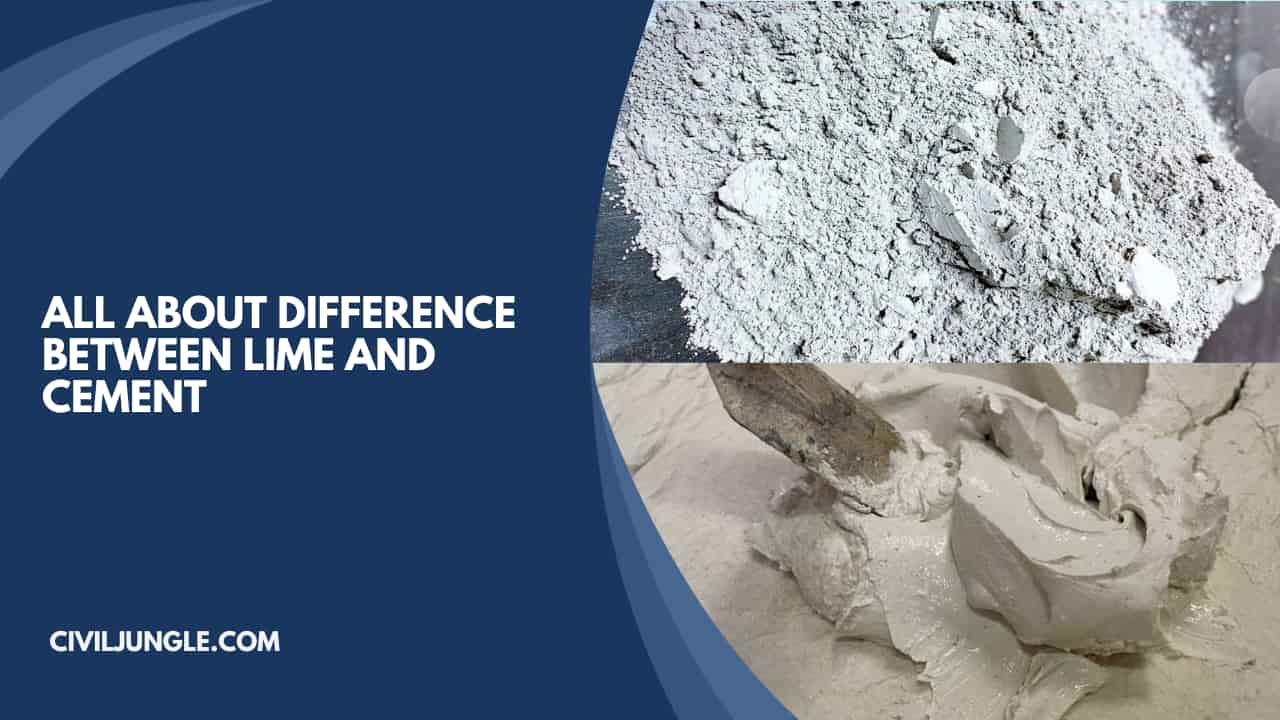

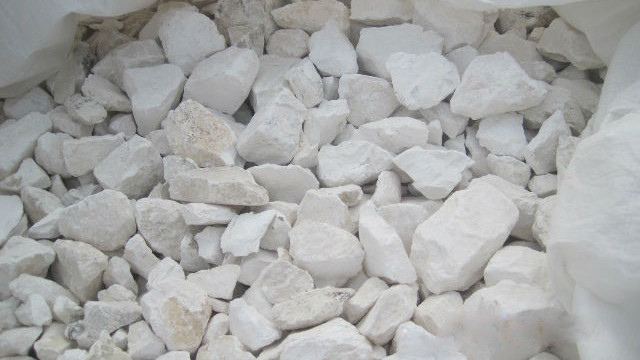
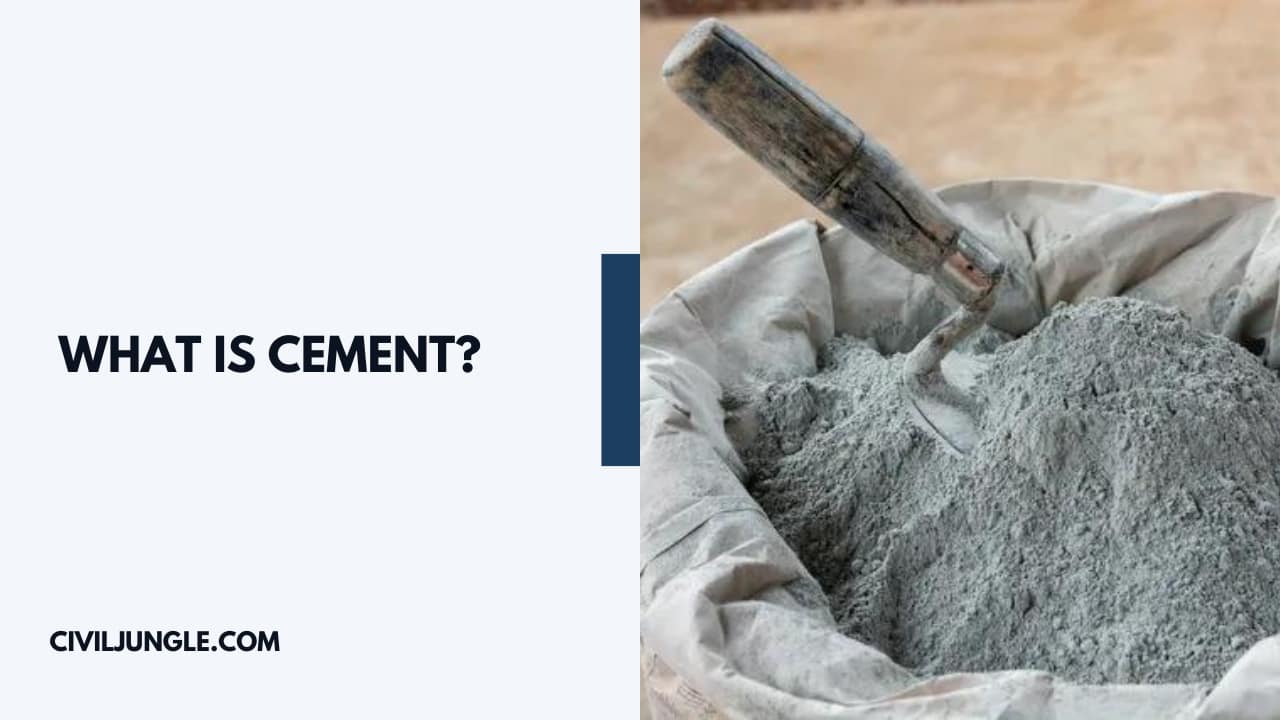
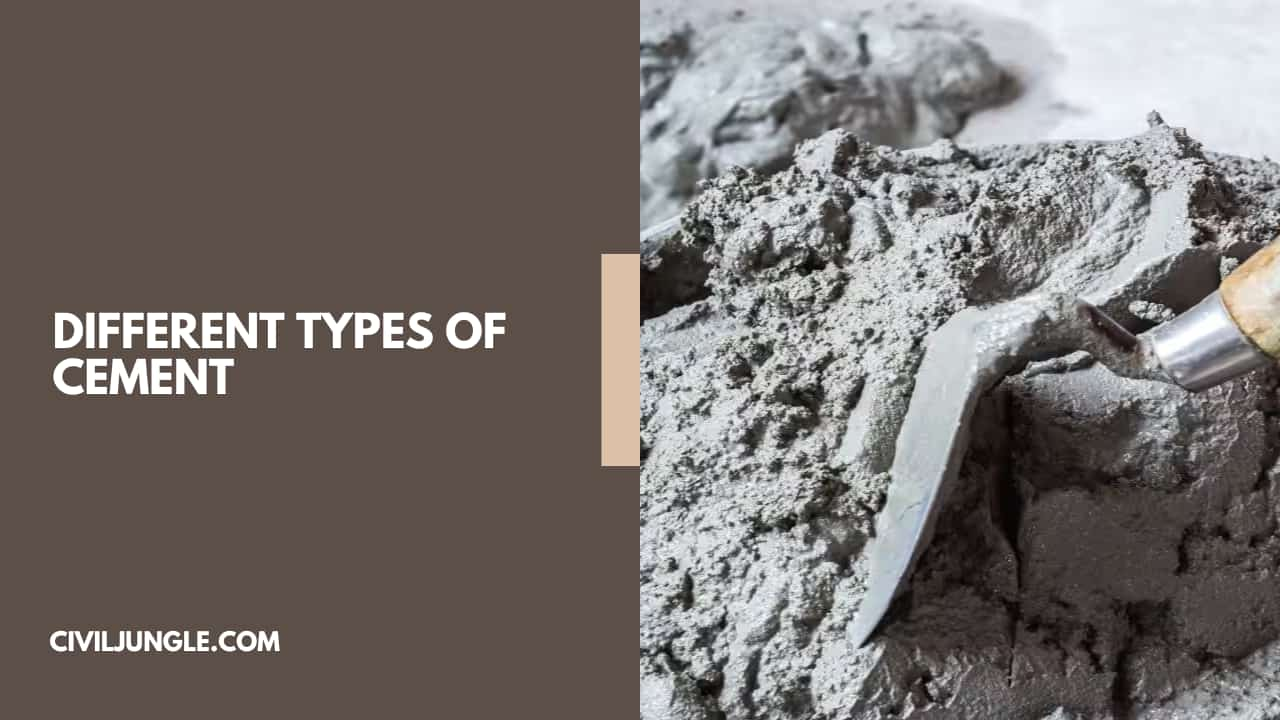
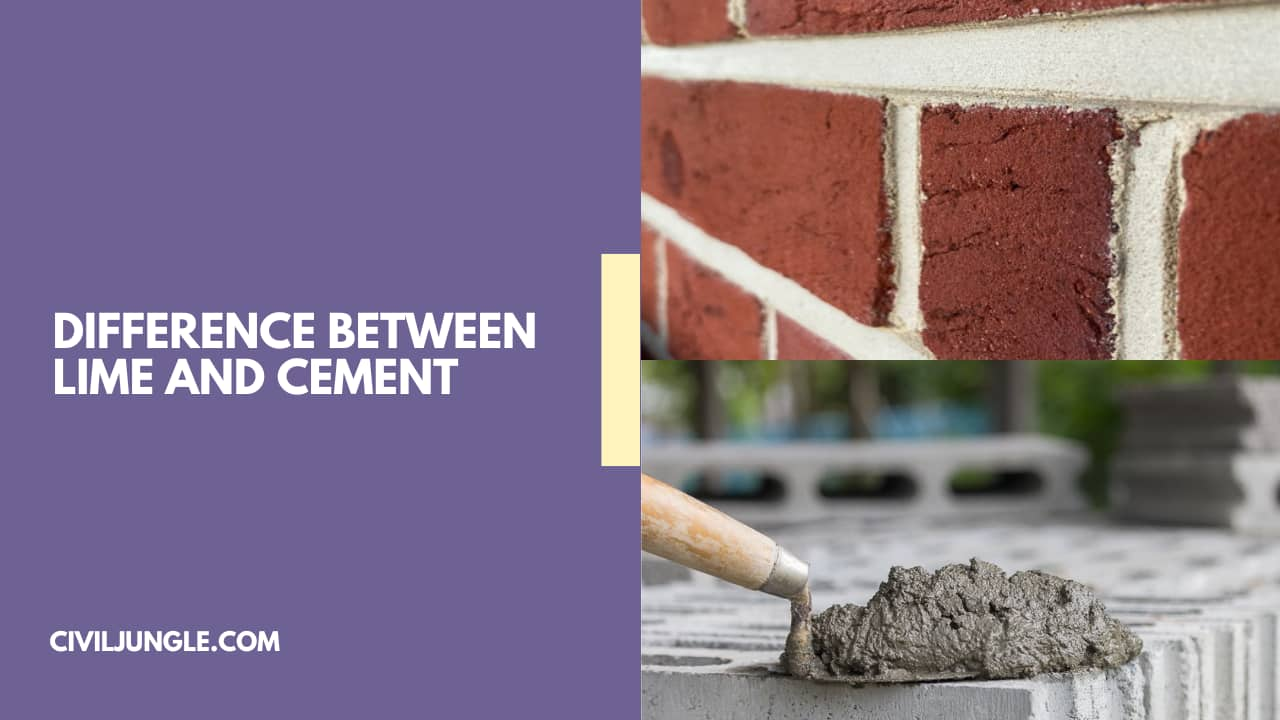

Leave a Reply